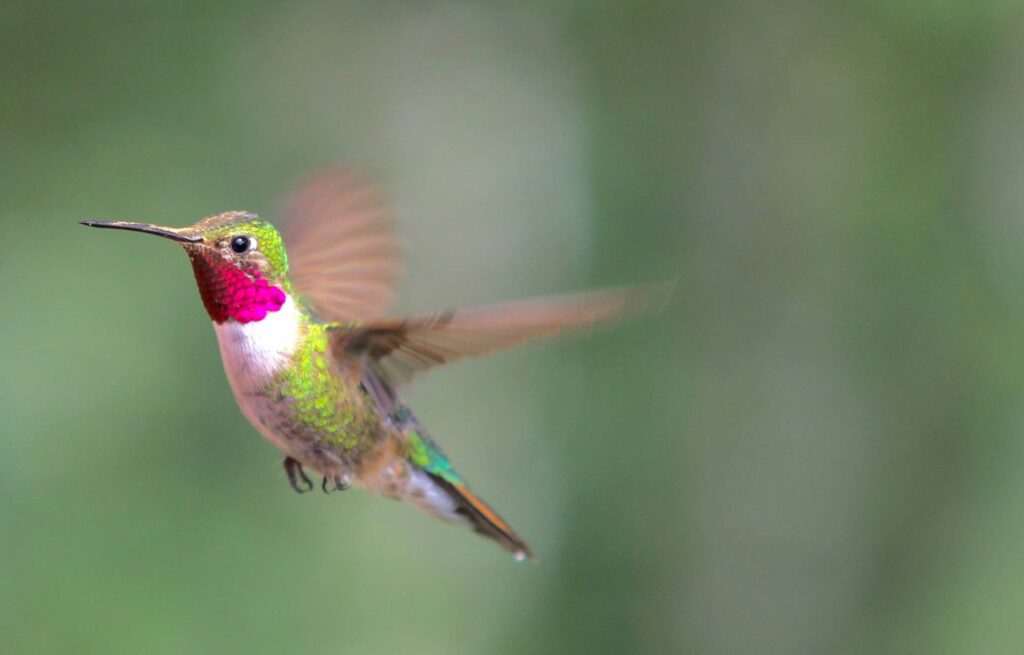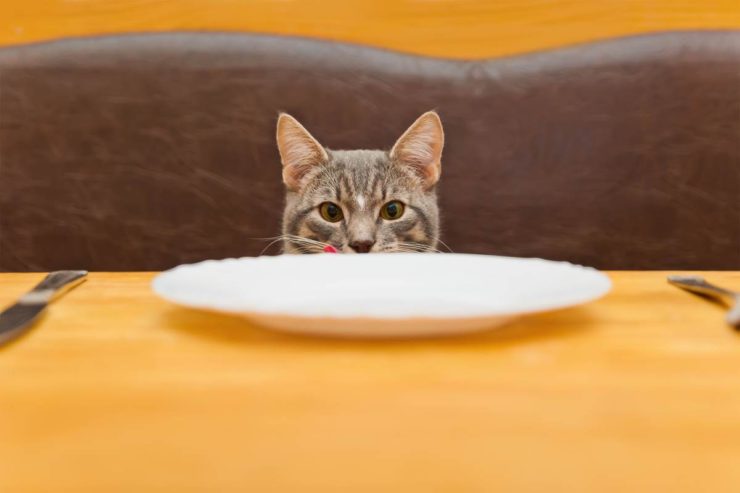The concept of time seems easy enough to grasp as a measurement of change in events. Human perception of time allows us to perceive the world around us and make judgements for the future based on the past. But once you start thinking too much about how time works, you start questioning things more and more. One of my main questioning thoughts is do non-human animals perceive time and how? After some research I learned how for some animals, time flows faster or slower depending on their size.

When we think of hummingbirds, the one thing that comes to everybody’s mind is how fast their wings flap. But according to research, smaller animals function at a higher frequency, which makes the world seem to move more slowly around them. So to the humming bird, they are flapping their wings as fast as a pigeon. A more common example would be with a house pet, like a dog. Most people think that one dog year is equivalent to seven human years. However, according to the American Veterinary Medical Association, one dog year of all sizes is about fifteen human years, and depending on the dog’s size, the age varies in human years. A small dog would be forty four human years at seven dog years, but a large dog would be fifty human years at seven years old. This is because, like we discussed before, smaller animals perceive time slower than larger animals. So when you feed your dog and they act as if you haven’t fed them in days, it’s because their perception of time is vastly different than hours. The same with leaving for work or school or vacation. Leaving them alone for a long period of time may seem even longer to them than to you because of the difference in perception of time. Flies and mosquitos easily evade death by our hands because they essentially see in slow motion, and are able to fly away before anything happens. If smaller animals perceive time slower, then it’s safe to assume the opposite for larger animals. Using the dog example again, larger dogs tend to live shorter lives than small dogs because they perceive time slower, essentially aging significantly quicker than the latter.

Animals can perceive time according to human time too. In an experiment, scientist were able to confirm that bees were able to perceive time. Everyday at 4 pm they left out sugar water for the bees, and eventually they would come out on their own even if there was no sugar water. The experiment was recreated with the same bees in different locations to further confirm the results. They did it in the dark, then underground, and finally in space where it was revealed that bees could even experience jetlag. Household pets like cats and dogs know when it’s time for their meals, often getting restless once they realize the time of day. For example, my cousin’s cat has his morning meal at 7 am, but due to daylight savings, he now wakes up my cousin “earlier” since it’s time for his food. Awareness of time is apart of humans recognizing animals sentience.
List of Sources:
https://www.scientificamerican.com/article/small-animals-live-in-a-slow-motion-world/
https://www.sciencefocus.com/science/animal-time-perception/
https://roaring.earth/animals-perceive-time/
https://www.sciencedaily.com/releases/2013/09/130916102006.htm
https://greenpestservices.net/bees-can-perceive-time/
https://www.pnas.org/doi/abs/10.1073/pnas.1217177110
https://blog.londolozi.com/2020/06/11/animals-perception-of-time/


